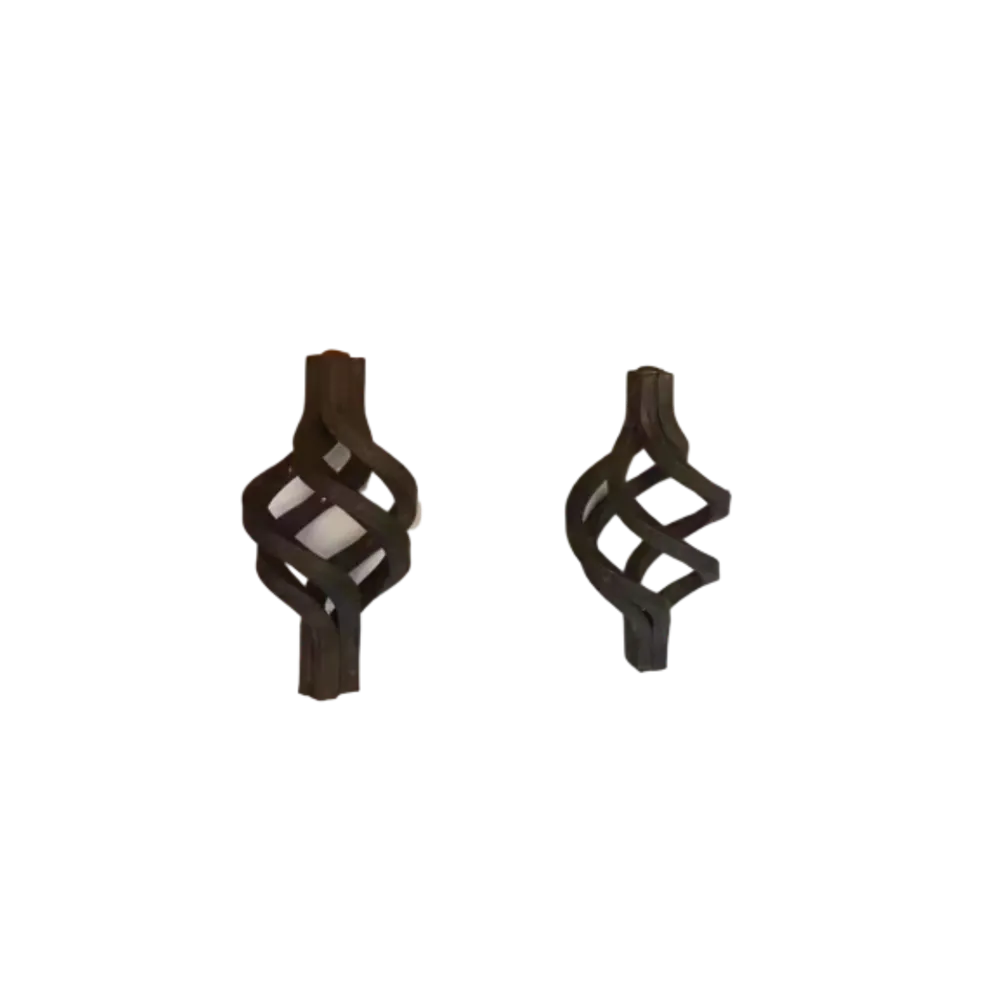High-Quality Wrought Iron Components for Durable and Elegant Designs
The Significance of Wrought Iron Components in Modern Design and Architecture
Wrought iron has been a fundamental material in construction and design for centuries, cherished for its malleability and durability. This versatile metal, largely composed of iron and a low percentage of carbon, is recognized for its resistance to corrosion, making it an ideal choice for various applications, particularly in outdoor settings. As modern architecture embraces a blend of tradition and innovation, wrought iron components have regained prominence and are being integrated into contemporary designs, showcasing their timeless appeal.
One of the primary reasons wrought iron components are favored in modern architecture is their aesthetic flexibility. The ability of wrought iron to be shaped into intricate designs allows architects and designers to create unique and personalized elements. From elegant railings and gates to decorative grilles and balconies, wrought iron components can enhance the artistic value of buildings. The interplay of light and shadow created by the detailed patterns of wrought iron can transform a mundane space into a captivating visual experience.
Furthermore, wrought iron's strength and durability make it an excellent choice for structural applications. When properly treated, wrought iron can withstand the test of time, displaying remarkable resistance to wear and tear, rust, and corrosion. This makes it ideal not just for decorative purposes but also for functional components such as beams, columns, and trusses. Notably, wrought iron structures from the 19th century, such as bridges and railway stations, still stand today, attesting to its longevity and robustness.
wrought iron components

In addition to its practical advantages, wrought iron components are increasingly viewed as sustainable materials. Recyclability is a significant factor in the modern age of environmental consciousness. Wrought iron can be recycled multiple times without losing its properties, aligning perfectly with sustainable building practices. By choosing wrought iron, architects can contribute to eco-friendly construction, reducing the environmental impact associated with mining and processing new materials.
Moreover, the resurgence of wrought iron components reflects a growing appreciation for craftsmanship in an era dominated by mass production. Artisans who specialize in wrought ironwork produce bespoke items with meticulous attention to detail. This revival of traditional craftsmanship injects character and individuality into architectural projects, allowing buildings to tell unique stories through their design elements.
As the trend of combining old-world charm with modern functionality continues to evolve, wrought iron components find a secure place in contemporary architecture. Whether used in residential, commercial, or public buildings, they offer both beauty and durability, ensuring that structures not only serve their purpose but also resonate with the aspirations and values of their occupants.
In conclusion, wrought iron components play a vital role in modern design and architecture. Their aesthetic versatility, structural integrity, sustainability, and connection to craftsmanship make them a preferred choice among architects and designers. As we seek to blend tradition with contemporary needs, wrought iron stands as a testament to the enduring nature of quality materials in creating spaces that are both functional and aesthetically pleasing. With a bright future ahead, wrought iron will likely continue to adorn and fortify our architectural landscapes for generations to come.
-
Wrought Iron Components: Timeless Elegance and Structural StrengthNewsJul.28,2025
-
Window Hardware Essentials: Rollers, Handles, and Locking SolutionsNewsJul.28,2025
-
Small Agricultural Processing Machines: Corn Threshers, Cassava Chippers, Grain Peelers & Chaff CuttersNewsJul.28,2025
-
Sliding Rollers: Smooth, Silent, and Built to LastNewsJul.28,2025
-
Cast Iron Stoves: Timeless Heating with Modern EfficiencyNewsJul.28,2025
-
Cast Iron Pipe and Fitting: Durable, Fire-Resistant Solutions for Plumbing and DrainageNewsJul.28,2025
-
 Wrought Iron Components: Timeless Elegance and Structural StrengthJul-28-2025Wrought Iron Components: Timeless Elegance and Structural Strength
Wrought Iron Components: Timeless Elegance and Structural StrengthJul-28-2025Wrought Iron Components: Timeless Elegance and Structural Strength -
 Window Hardware Essentials: Rollers, Handles, and Locking SolutionsJul-28-2025Window Hardware Essentials: Rollers, Handles, and Locking Solutions
Window Hardware Essentials: Rollers, Handles, and Locking SolutionsJul-28-2025Window Hardware Essentials: Rollers, Handles, and Locking Solutions -
 Small Agricultural Processing Machines: Corn Threshers, Cassava Chippers, Grain Peelers & Chaff CuttersJul-28-2025Small Agricultural Processing Machines: Corn Threshers, Cassava Chippers, Grain Peelers & Chaff Cutters
Small Agricultural Processing Machines: Corn Threshers, Cassava Chippers, Grain Peelers & Chaff CuttersJul-28-2025Small Agricultural Processing Machines: Corn Threshers, Cassava Chippers, Grain Peelers & Chaff Cutters












